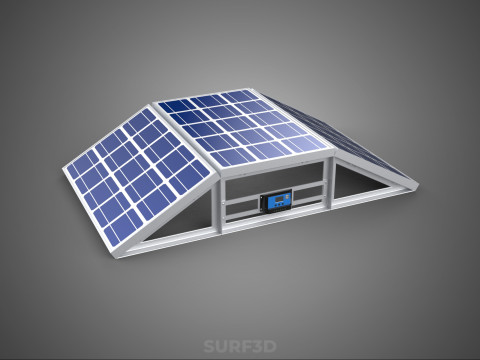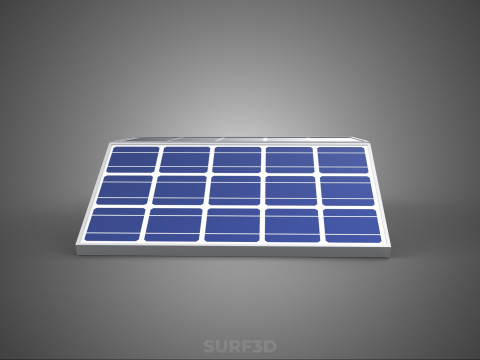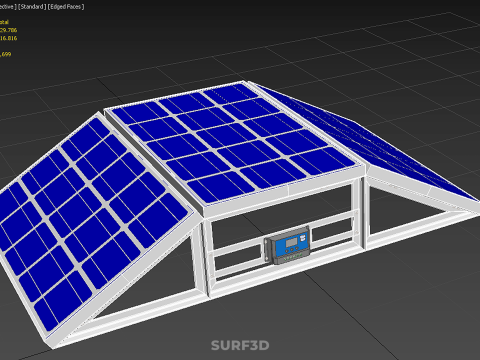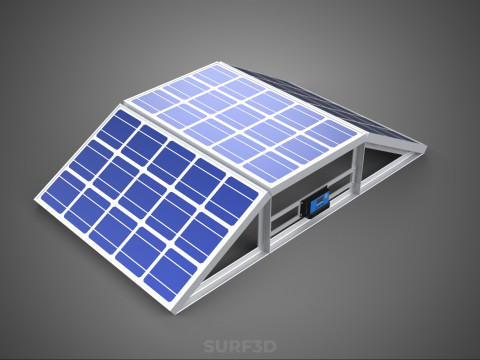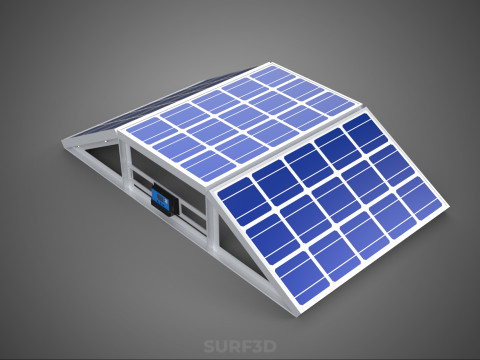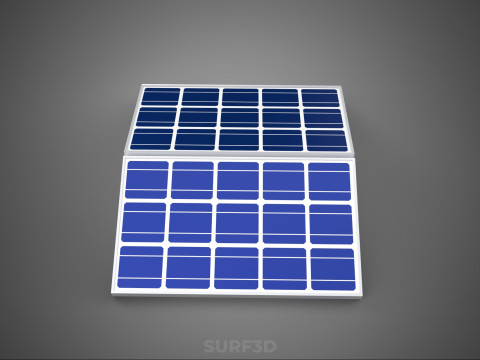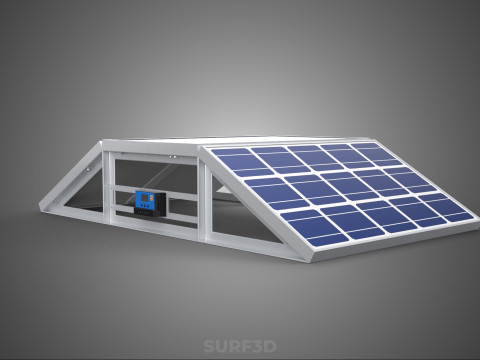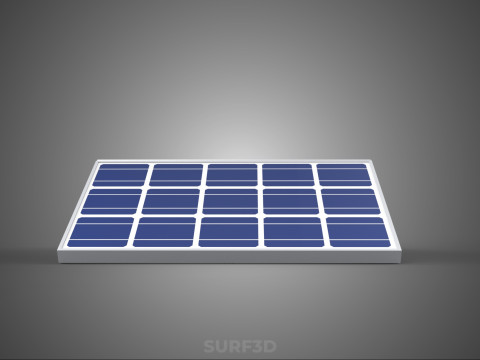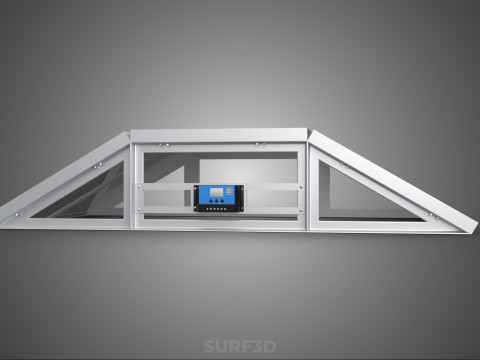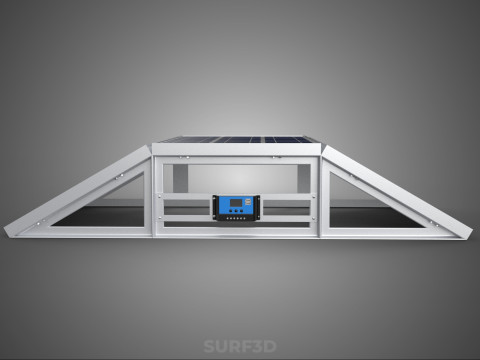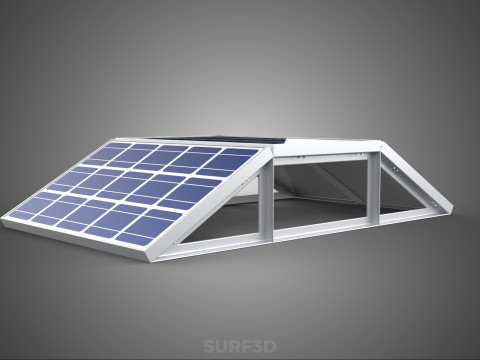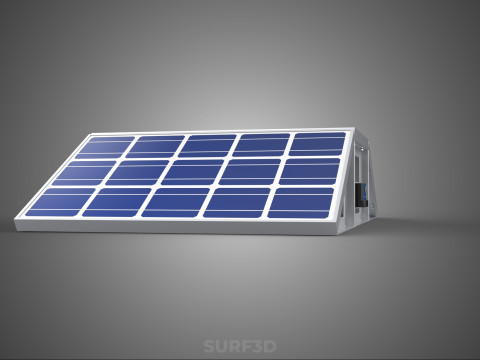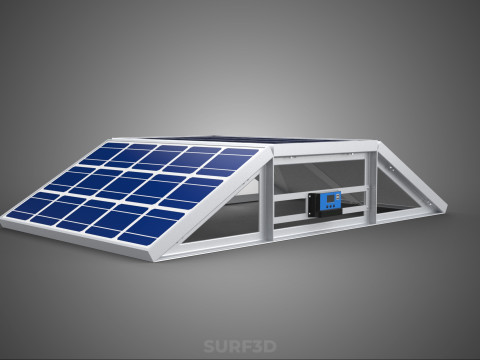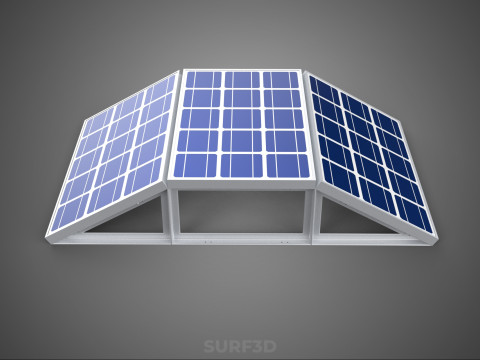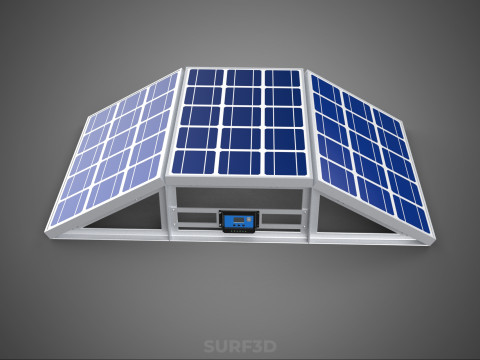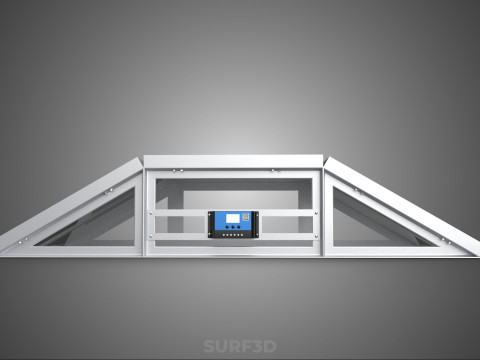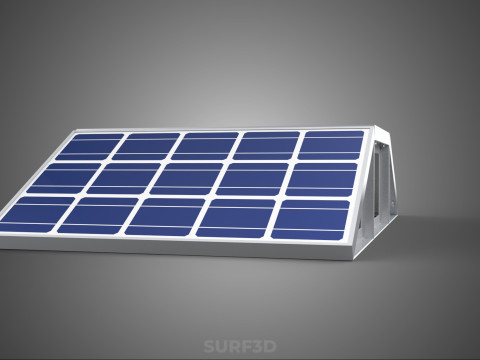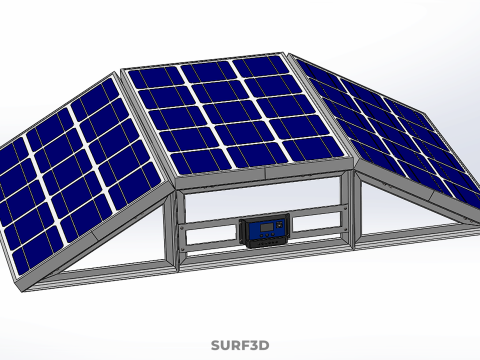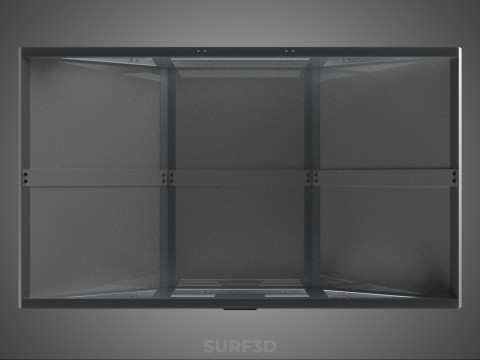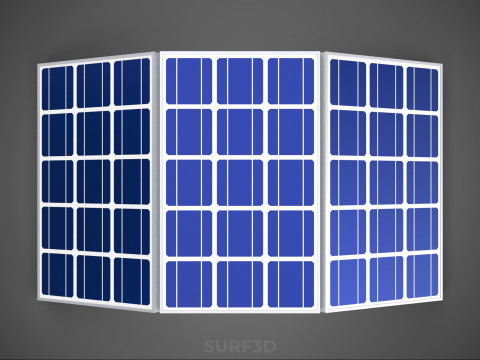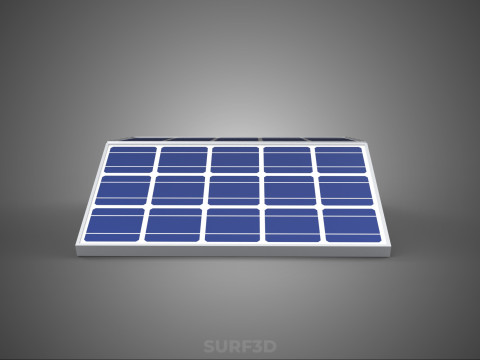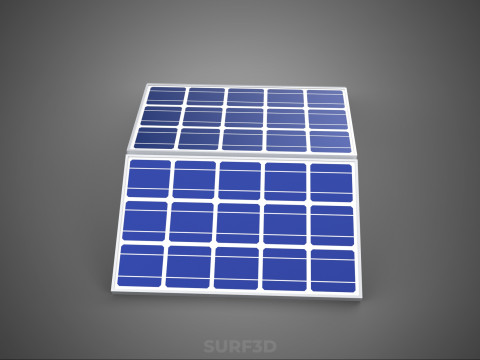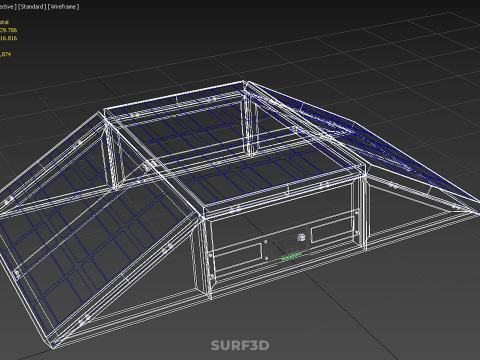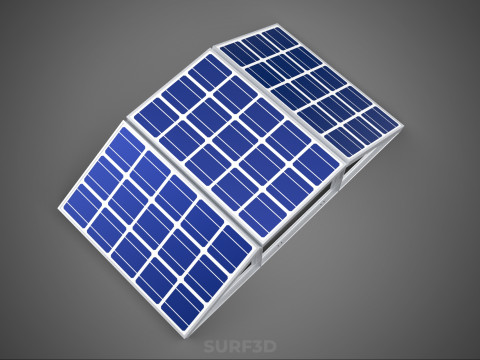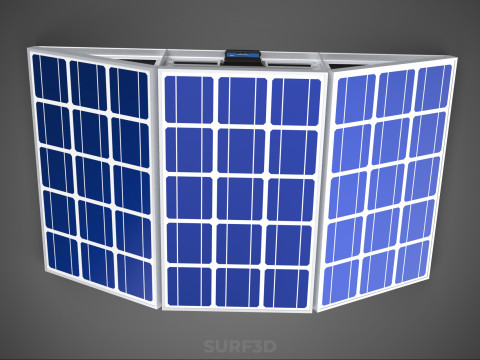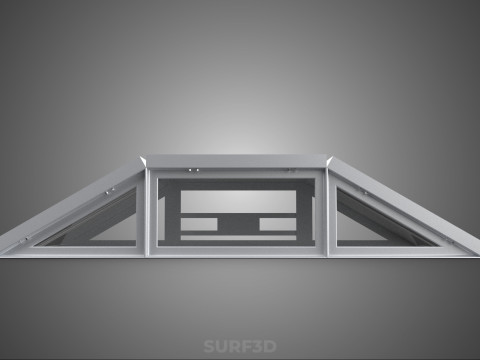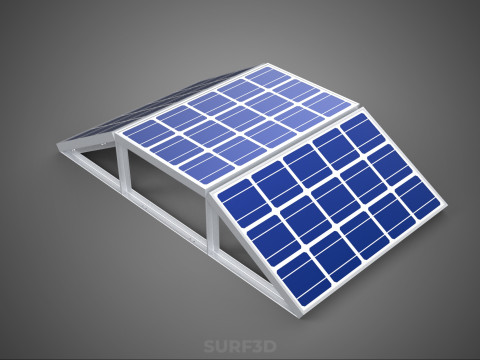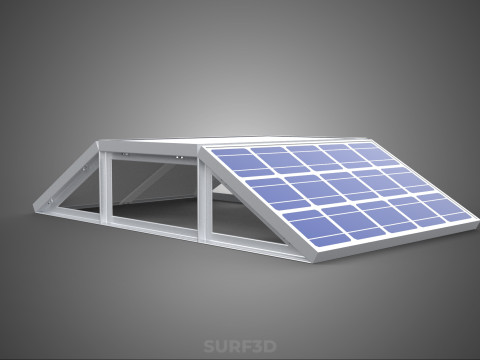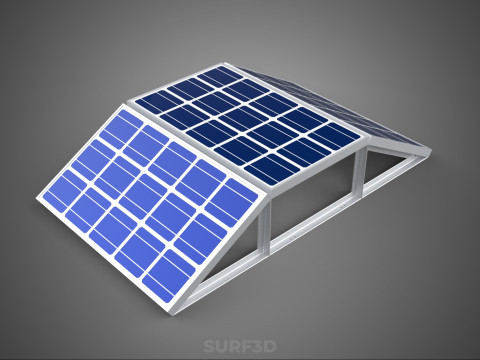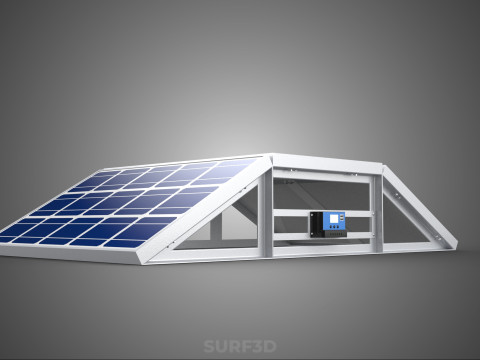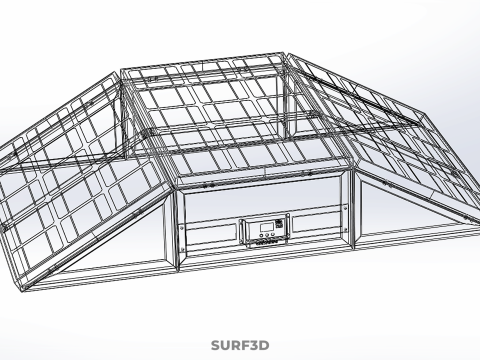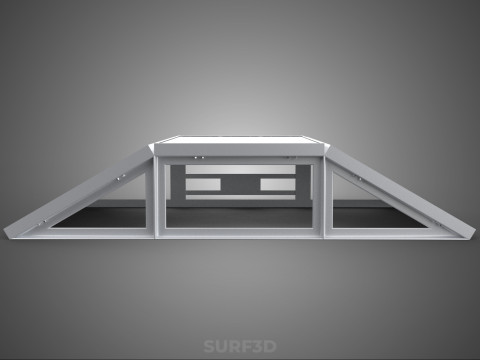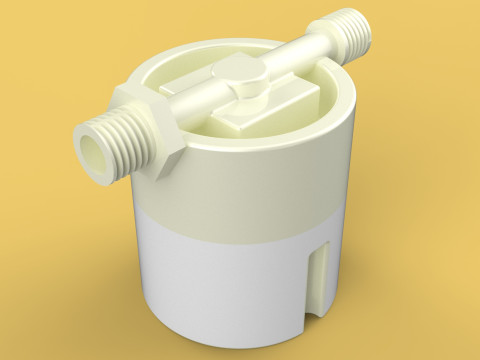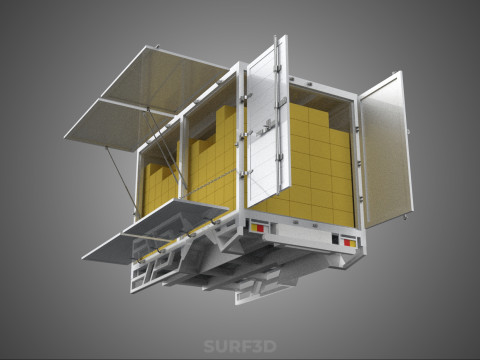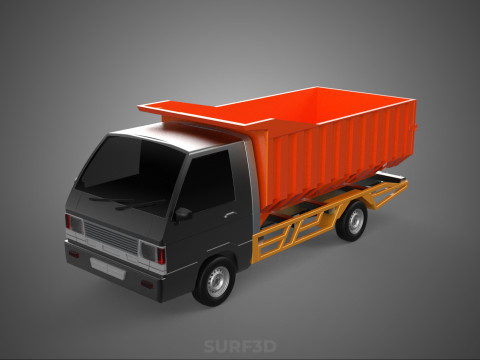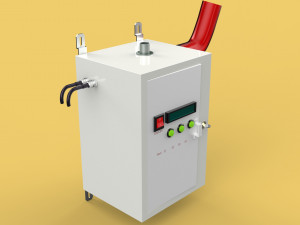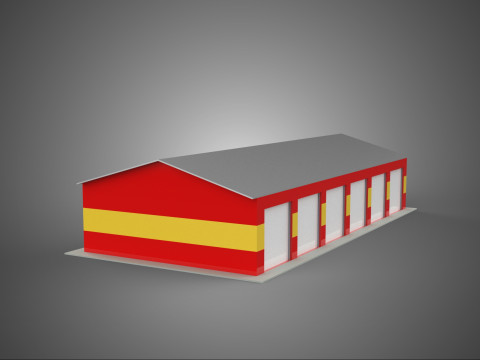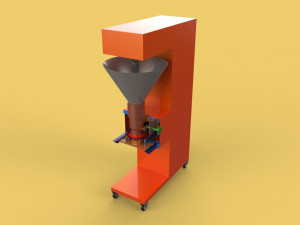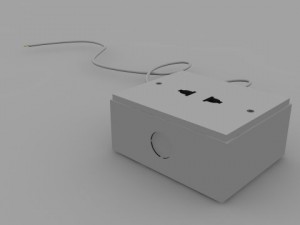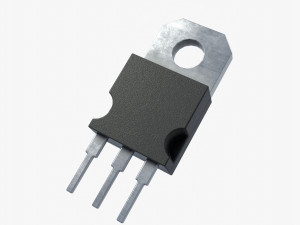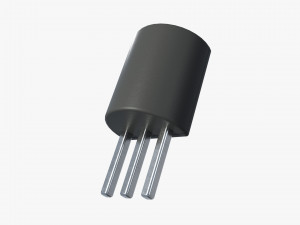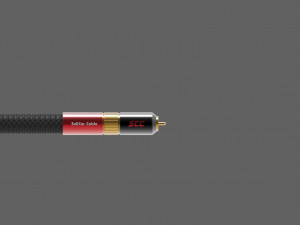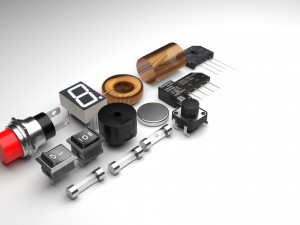루프 어레이 태양전지 패널 모듈형 컨트롤러 충전 조절기 3D 모델
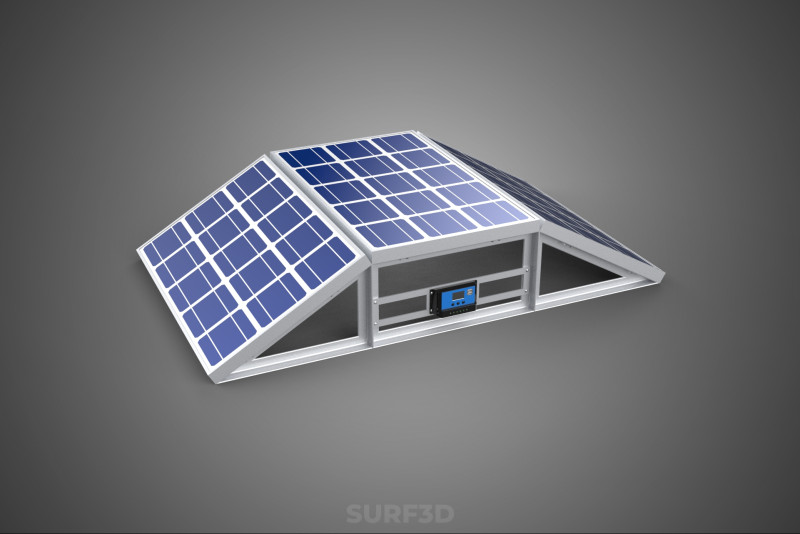
- 작성자에게 제품 지원 요청
- 이용 가능한 포맷:
- 아이템 ID:595511
- 날짜: 2025-08-29
- 폴리곤:129786
- 버텍스:116816
- 애니메이티드:No
- 텍스쳐드:No
- 리그드:No
- 재료:
- 로우 폴리곤:No
- 컬렉션:No
- UVW 매핑:No
- 플러그인 사용 됨:No
- 프린트 준비:No
- 3D 스캔:No
- 성인용 콘텐츠:No
- PBR:No
- AI 훈련:No
- 지오메트리:Poly NURBS
- 언래핑 된 UVs:Unknown
- 조회:344
설명
High-quality 3D assets at affordable prices — trusted by designers, engineers, and creators worldwide. Made with care to be versatile, accessible, and ready for your pipeline.
Included File Formats
This model is provided in 14 widely supported formats, ensuring maximum compatibility:
• - FBX (.fbx) – Standard format for most 3D software and pipelines
• - OBJ + MTL (.obj, .mtl) – Wavefront format, widely used and compatible
• - STL (.stl) – Exported mesh geometry; may be suitable for 3D printing with adjustments
• - STEP (.step, .stp) – CAD format using NURBS surfaces
• - IGES (.iges, .igs) – Common format for CAD/CAM and engineering workflows (NURBS)
• - SAT (.sat) – ACIS solid model format (NURBS)
• - DAE (.dae) – Collada format for 3D applications and animations
• - glTF (.glb) – Modern, lightweight format for web, AR, and real-time engines
• - 3DS (.3ds) – Legacy format with broad software support
• - 3ds Max (.max) – Provided for 3ds Max users
• - Blender (.blend) – Provided for Blender users
• - SketchUp (.skp) – Compatible with all SketchUp versions
• - AutoCAD (.dwg) – Suitable for technical and architectural workflows
• - Rhino (.3dm) – Provided for Rhino users
Model Info
• - All files are checked and tested for integrity and correct content
• - Geometry uses real-world scale; model resolution varies depending on the product (high or low poly)
• • - Scene setup and mesh structure may vary depending on model complexity
• - Rendered using Luxion KeyShot
• - Affordable price with professional detailing
Buy with confidence. Quality and compatibility guaranteed.
If you have any questions about the file formats, feel free to send us a message — we're happy to assist you!
Sincerely,
SURF3D
Trusted source for professional and affordable 3D models.
More Information About 3D Model :
A "compact roof array solar cell panel modular with controller charge regulator" describes an integrated photovoltaic (PV) system designed for efficient, space-saving electricity generation, primarily for rooftop installations. This system combines several key attributes: the inherent scalability and ease of deployment of modular solar panels, a reduced physical footprint for space-constrained applications, and the essential power management capabilities provided by an integrated charge controller, which optimizes battery charging and protects the system from electrical anomalies.
**Core Components and Functionality:**
1. **Compact Solar Cell Panel (Modular):** The fundamental unit of the system is the solar cell panel, which converts sunlight into direct current (DC) electricity through the photovoltaic effect. The term "compact" signifies that these panels are either physically smaller than conventional panels while maintaining competitive efficiency, or possess a high power-to-area ratio. This design facilitates installation on limited roof spaces, such as those found on recreational vehicles (RVs), cabins, small residential buildings, or marine vessels, where conventional large panels might be impractical. "Modular" refers to the standardized nature of these panels, allowing them to be easily interconnected to form an array. This modularity offers significant flexibility in system sizing, enabling users to expand their energy generation capacity incrementally or to configure bespoke arrays tailored to specific power requirements and available space. Panel construction typically involves crystalline silicon (monocrystalline or polycrystalline) photovoltaic cells encapsulated within a protective, weather-resistant laminate, often with a tempered glass front and an aluminum frame.
2. **Roof Array:** The "roof array" designation emphasizes the system's primary intended mounting location. Rooftop installation leverages existing structural elements, often providing optimal exposure to sunlight and minimizing ground-level footprint. Arrays can be designed to be aesthetically integrated with the building's architecture, and the compact nature of the panels can reduce visual impact. Critical considerations for roof arrays include ensuring structural integrity to support the system's weight, proper angling and orientation for maximum solar insolation throughout the day and year, and secure mounting mechanisms engineered to withstand environmental factors like high winds, snow loads, and seismic activity.
3. **Controller Charge Regulator:** Integral to the functionality of this system, especially in off-grid or hybrid applications involving battery storage, is the charge controller (or charge regulator). This electronic device manages the power flow between the solar panels, the battery bank, and any connected electrical loads. Its primary functions are:
* **Overcharge Protection:** Preventing batteries from being damaged by excessive voltage from the solar panels once fully charged, which can lead to reduced battery lifespan or catastrophic failure.
* **Over-discharge Protection:** Disconnecting electrical loads when battery voltage drops below a safe threshold, thereby preventing deep discharge that can permanently damage batteries.
* **Load Management:** Advanced controllers may offer features for managing DC loads, such as programmable timers for switching loads on/off or prioritizing critical loads.
* **Optimal Charging:** Employing sophisticated algorithms like Pulse Width Modulation (PWM) or Maximum Power Point Tracking (MPPT) to efficiently charge batteries. MPPT controllers are particularly effective, as they can extract significantly more power from the solar array under varying conditions (e.g., changes in temperature or partial shading) compared to simpler PWM controllers, thereby maximizing energy harvest. The integration of this component simplifies system setup, ensures the longevity of battery storage, and maintains the safe operation of the entire electrical system.
**System Advantages and Applications:**
The integrated "compact roof array solar cell panel modular with controller charge regulator" offers distinct advantages. Its space-efficient design makes it ideal for small-scale distributed generation where space is at a premium. The modularity simplifies installation, maintenance, and future expansion. The integrated charge controller streamlines the system, ensuring battery health and system safety without requiring separate component sourcing and complex wiring for basic setups. Such systems are widely utilized in diverse applications including residential off-grid power, remote cabins, recreational vehicles (RVs), marine applications (boats and yachts), temporary power solutions, and as supplementary grid-**** systems where a small, manageable PV array is desired for energy independence or to offset utility costs.
**Technical Considerations:**
System efficiency is a critical factor, influenced by the type of photovoltaic cell technology, sun exposure, ambient temperature, and the specific type and efficiency of the charge controller. Proper sizing of the array, the battery bank (if applicable), and the charge controller is essential for reliable and consistent operation. Adherence to safety protocols, including proper grounding, overcurrent protection, and compliance with local electrical codes, is paramount during both installation and ongoing operation.
This comprehensive system represents a highly efficient and adaptable solution for generating renewable energy. Its compact, modular design, combined with integrated power management, positions it as a practical choice for a diverse range of applications, contributing significantly to decentralized energy production and increased energy independence.
다른 포맷이 필요하세요?
다른 포맷이 필요하시면, 새로운 지원 티켓을 열어 요청하세요. 저희는 3D 모델을 다음으로 변환할 수 있습니다: .stl, .c4d, .obj, .fbx, .ma/.mb, .3ds, .3dm, .dxf/.dwg, .max. .blend, .skp, .glb. 자유 형식 변환우리는 3D 장면을 변환하지 않습니다 .step, .iges, .stp, .sldprt와 같은 형식도 포함됩니다.!
사용 정보
루프 어레이 태양전지 패널 모듈형 컨트롤러 충전 조절기 - 기본 또는 확장 라이선스에 따라 이 로열티 프리 3D 모델을 개인적 및 상업적 목적으로 사용할 수 있습니다.기본 라이선스는 디지털 광고, 디자인 및 시각화 프로젝트, 비즈니스 소셜 미디어 계정, 네이티브 앱, 웹 앱, 비디오 게임, 그리고 물리적 또는 디지털 최종 제품(무료 및 유료 모두)을 포함한 대부분의 표준 사용 사례를 포괄합니다.
확장 라이선스는 기본 라이선스에 따라 부여된 모든 권리를 포함하며 사용 제한이 없으며, 로열티 프리 조건 하에 3D 모델을 상업적 프로젝트에 무제한으로 사용할 수 있습니다.
더 보기


 English
English Español
Español Deutsch
Deutsch 日本語
日本語 Polska
Polska Français
Français 中國
中國 한국의
한국의 Українська
Українська Italiano
Italiano Nederlands
Nederlands Türkçe
Türkçe Português
Português Bahasa Indonesia
Bahasa Indonesia Русский
Русский हिंदी
हिंदी